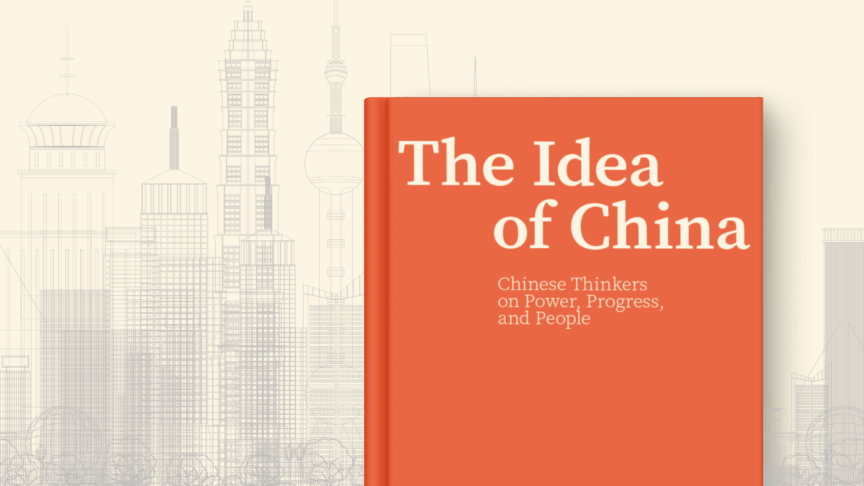European trade and strategy in the Indo-Pacific: Why the EU should join the CPTPP
The EU’s strongest asset remains trade. If it makes the most of this, it could prove highly welcome to Indo-Pacific countries considering China’s application to join the regional CPTPP trade agreement
For decades, trade and investment have been at the heart of Europe’s approach to the countries of the Indo-Pacific. The region is today the second largest destination for exports from the European Union and is home to four of the bloc’s top ten trading partners. Indeed, the vast majority of EU member states see the Indo-Pacific as a place of huge and unparalleled economic opportunity. But, where Western powers in general and Europe in particular were once in the vanguard of regional integration, they have grown reluctant to conclude new trade agreements. Globalisation fatigue and public opinion have discouraged governments from pursuing such accords.
East Asian countries came later than other regions to trade integration. But they have recently been catching up, knitting a dense set of bilateral trade agreements with their neighbours as well as faraway partners across the Pacific Ocean and the Eurasian continent. Indeed, the recent signing and implementation of two major regional trade agreements is a game-changer for the Indo-Pacific – and for the rest of the world. One agreement, the Regional Comprehensive Economic Partnership (RCEP), is a traditional trade in goods agreement, initiated by the Association of Southeast Asian Nations (ASEAN). The other, more ambitious, agreement is the Comprehensive and Progressive Agreement for Trans-Pacific Partnership (CPTPP), which succeeded the Trans-Pacific Partnership (TPP) after the Trump administration withdrew from the latter. It covers trade in services as well as in goods, and sets high standards for digital trade, intellectual property, public procurement, anti-corruption, labour matters and, crucially competition and public enterprises. This last item is intended in particular to prevent predatory state intervention in the markets, via Chinese firms in particular.
The two agreements, whose memberships partly overlap, induce radically opposed geopolitical dynamics. The RCEP underlines the centrality of China, which is by far the most powerful of all RCEP economies. The CPTPP, by contrast, does not formally exclude China but does seek to limit Beijing’s imprint on trade and norm-setting in the region. However, China’s recent bid to join the CPTPP in the aftermath of the AUKUS announcement could radically alter this intention.
It cannot be taken for granted that CPTPP member countries will reject China’s membership application, given the growing asymmetry between China and its partners. The absence of the United States from the arrangement singularly weakens the formal guarantees offered by the treaty. China’s request is in itself likely to divide member states and weaken the scope of the agreement. And the country is in a supremely powerful position to get its way: as two professors from the University of Adelaide recently noted:
The fact that China’s nominal GDP is significantly higher than the combined GDP of the 11 CPTPP members, as well as its commercial centrality in the region, would provide Beijing with a powerful leverage to negotiate exemptions favorable to its state-capitalist business model, within the framework of membership talks or to dilute existing commitments once a member of the club.
Beijing may find it difficult to follow CPTPP requirements, but formal membership would place China, which is already at the heart of RCEP, at the centre of all regional trade. It would then be in a position to dictate the terms of trade within and beyond the region the CPTPP covers. Not only does this move reveal the risk of globalised supply chains entirely controlled by China and over-dependencies on the latter, it could also, over time, significantly erode trade norms.
Faced with these rapidly shifting dynamics, what should Europeans do? The EU has it within its gift to make a major move that would begin to match the geopolitical manoeuvring of China – and that move would be to join the CPTPP. In fact, the case for membership is compelling. It would allow the EU to be the international actor it aspires to be in the Indo-Pacific region. Unlike the US, the bloc does not have the ability to act as a major security provider. But, with a combined GDP greater than China’s, the EU has the ability to provide an economic anchor to the region. It can help maintain the level of standards envisaged in the CPTPP agreement while strengthening the negotiating position of all members vis-à-vis China, both in negotiations with the latter and in the eventuality that Beijing should join.
It cannot be taken for granted that CPTPP member countries will reject China’s membership application
Prospective economic gains for the EU if it were to join the CPTPP are difficult to evaluate. The EU would not suffer sizeable losses per se by standing apart from Indo-Pacific trade integration. However, if it does not join, the EU will face the opportunity-cost of being a mere witness to east Asian or Indo-Pacific integration rather than being an actor playing a part in it. Academic assessment of prospective US membership of the CPTPP suggests a modest but non-negligeable welfare gain (0.4-0.5 per cent more GDP by 2035). No such calculation for the EU has been made public. However, official figures relating to the accession of the United Kingdom, which has already applied, can serve as a benchmark. For the EU as a whole, they suggest modest gains of 0.3 per cent more GDP over the medium and long term.
The gains made would include broader economic advantages. Joining the CPTPP would offer the EU the possibility to diversify its trade – which would be a more fruitful response to concerns about trade dependencies and economic coercion than the protectionist reflexes on display across the globe. Moreover, without antagonising either of the superpowers, membership would also allow the EU to extricate itself from the current set of bilateral relationships – EU-China on the one side, EU-US on the other – which almost always play to its detriment. Finally, such a démarche would help the EU assert itself as a relevant partner for all Indo-Pacific resident powers actively seeking ways to avoid the consequences of the current China-US rivalry.
International trade, deeply inscribed in the DNA of the EU, remains the bloc’s best asset and the only one capable of unifying Europeans behind a common and strategically meaningful approach towards China. Moreover, because of the Biden administration’s decision not to reverse the Trump approach to free trade agreements in the foreseeable future, it constitutes a unique opportunity for the EU to assert itself internationally. It is, however, an opportunity matched by a real risk of marginalisation if Europeans do not seize it.
Patric Allard is an economist and former senior official in France.
The European Council on Foreign Relations does not take collective positions. ECFR publications only represent the views of their individual authors.



